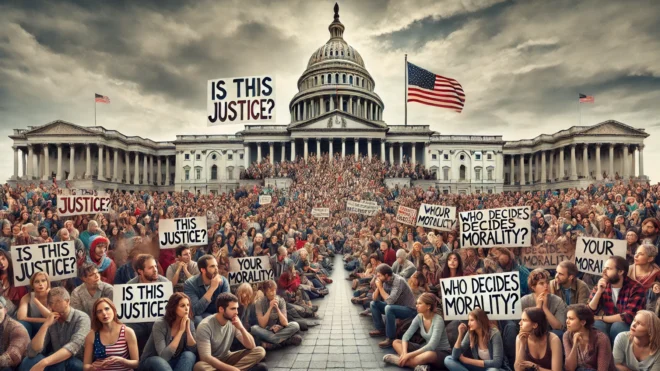I am late getting out this post, which should be my last about China.
China does not feel like Europe. It feels like America in some parallel universe. I had always hated the science fiction tales on TV that had all these parallel universes, but now I’ve spent time on one. The biggest cities, Singapore, Guangzhou, and Shanghai, have a feeling of Coruscant, the highly urbanized planet in Star Wars [Beijing less so]. Chinese cities are laid out on a grid pattern more like Midwestern and Western American cities than like the piazza a plan that most European cities seem to follow. There is a grid of wide boulevards, which usually have a lane on the outside for cars preparing to turn and motorbikes [bicycle is now a rare sight], then a hedge or fence to keep the Chinese from running out into the street except at crosswalks, then the traffic lanes [and there is often a fence down the middle of the traffic street as well!], then another hedge, then another side line for cars preparing to turn right and motorbikes, going the opposite way. There is usually a recognized older city, and then several miles away, in the largest cities, a business center with skyscrapers. The one difference from American cities [Washington DC excepted] is that the tallest buildings are more toward the outside; indeed each city is surrounded by a ring of high rise apartments, often uninhabited, and in denser areas like the Lower Yangtze no farmer is without a view of a tall apartment building in the distance. Despite the fact that these cities have ten times the number of people that an American city would crowd into the same area, they are surprisingly leafy! I did not expect that.
The larger cities have metro systems [we only went on the one in Beijing, for short stretches] but they also have freeways, which tend to run in circles; Beijing has no less than five circle freeways, numbered, for whatever reason, from 2 to 6.
The air over Guangzhou and Shanghai was quite thick, and we did not have long views. Visibility was not that great in the Xian area or in Henan. We did not have much of a view from the Taishan Mountain – it seemed to be an island in the sky. But oddly, Beijing had the clearest air of all – it may have to do with the fact that we were there in June, and the smog season is November and winter, because of the coal. We could always see the hills to the west, and sometimes the mountains to the north; and from the Great Wall I could see skyscrapers in the distance.
Chinese is not a language, but a group of languages; to count Chinese [all dialects] as a language would be like grouping English, Dutch, German, and Scandinavian together and calling it Germanic [all dialects] or grouping French, Spanish, Portuguese, and Italian together and calling them Latin [all dialects]. But because the Chinese written language is primarily not phonetic [though there are lots of characters that indicate “this word sounds like this one”] the same written text can be read by speakers of all the languages. Mandarin is the standard language, and the languages of the north and west are so close to it they can understand it; Cantonese is perhaps the best known among the overseas; Hokkien is the main native tongue of Singapore, and Hoklo of Taiwan. A hint. If a Chinese word or name ends in m, k, p, or t, it is not Mandarin, but one of the other languages.
The main spelling system in use today is called Pinyin, which gives us spellings like Beijing and Nanjing. Previously the main one used was called Wade-Giles, under which these were Peiching and Nanching respectively; but place names are better known to us under an even older system called Postal Map, which was strongly influenced by the southern languages and so we get Peking and Nanking. Mind you, it has been centuries since anyone in Beijing pronounced their city “Peking” but the Postal Map taught the rest of the world to say “Peking”! Mao Zedong is, in Wade Giles, Mao Tse-Tung. And his rival was known to the West as Chiang Kai-shek, based obviously on a Shanghai language form not Mandarin; he is now known as Jiang Jieshi. And Sun Yat-sen, a Cantonese name, adopted a different Mandarin name altogether; he is known in China as Sun Zhongshan. This may be a bit confusing to the layman, but it is what it is.



